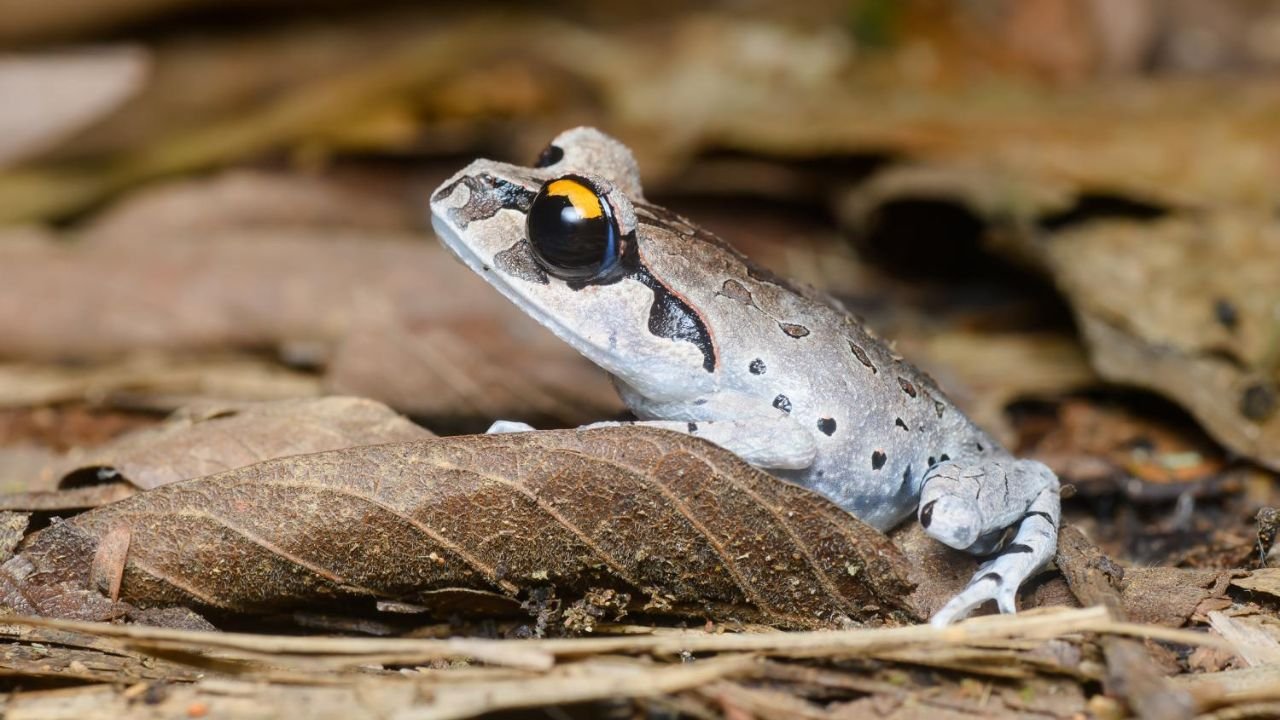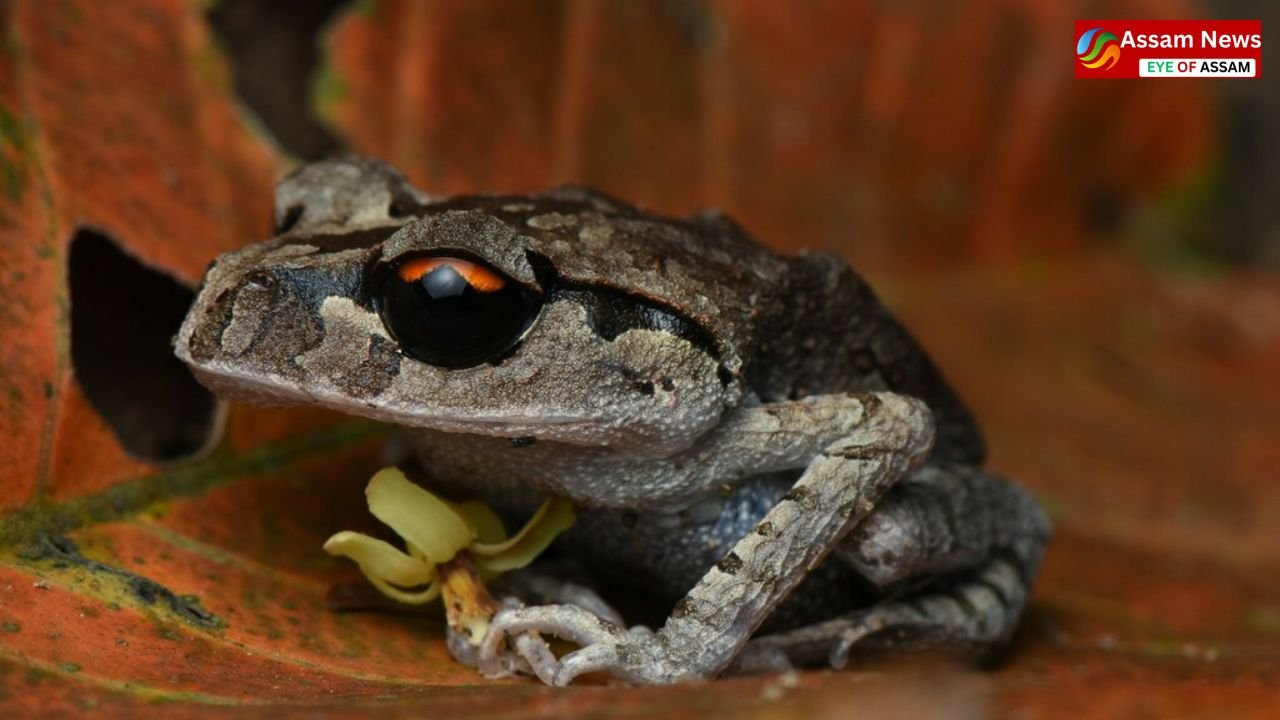Leptobrachium aryatium: A new frog species has been named after a college in Assam, which is the result of 21 years of study. The new frog species has been named “Leptobrachium aryatium” and was found in Garbhanga Reserve Forest, which is located in the border area of Guwahati and Meghalaya. The frog has been named after Assam’s prestigious Aari Vidya Peeth College, which has been playing a vital role in the development of the region.
Shift from wine making center to respectability
The Ariyanagar area of Guwahati was earlier known as ‘Sharabbhati’ which means a place where alcohol is made. But in 2022, the area was renamed as Ariyanagar to give the Ariya Vidya Peeth College located here the respect it deserves. This change was made by the local administration to give a positive direction to the identity of the area and present it as an educational hub.

Scientists identify new species
The new species of frog “Leptobrachium aryatium” was discovered by four scientists of Aari Vidya Peeth College. These scientists include Jaydeep Purkayastha, Dipankar Dutta, Jayanta Gogoi and Saibal Sengupta. This frog was identified due to its unique and vibrant orange- and black-coloured eyes, distinctive throat streaks and rhythmic call in the evening. After scientific analysis, it was confirmed that it is a new species, which was never seen before.
Importance of Garbhanga Reserve Forest and Biodiversity
The Garbhanga Reserve Forest is a biodiversity-rich area that helps regulate Guwahati’s climate and water systems. The reserve forest is home to elephants, butterflies and rare birds, and also houses a variety of amphibians and reptiles, including the “Leptobrachium aryatium”. The study also highlights the biodiversity of the Garbhanga Reserve Forest and the need for its conservation, as it is threatened by urbanisation and habitat destruction.







